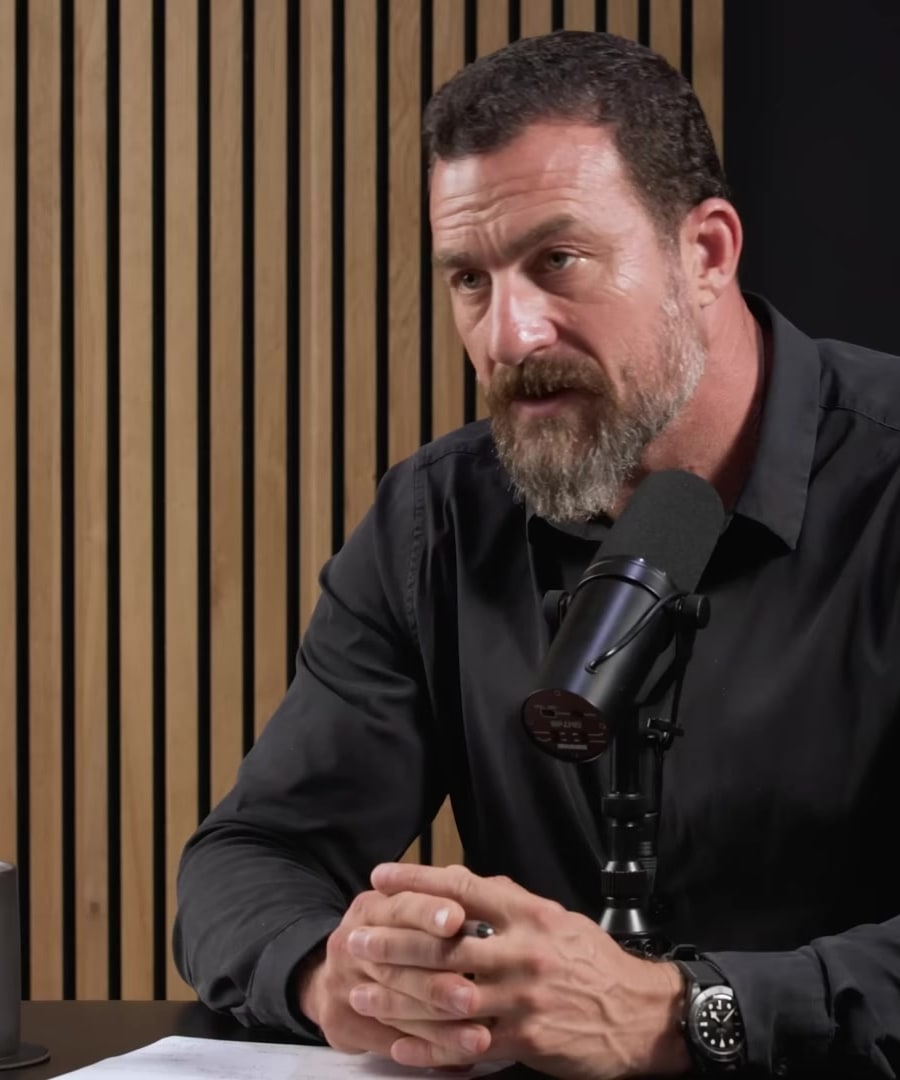Connection to Brainstem
Sources:
The connection to the brainstem involves several key aspects, rooted in its structure and function:
-
Basic Regulatory Functions: The brainstem, composed of the medulla oblongata, pons, and midbrain, is essential for regulating fundamental bodily functions such as cardiovascular control, respiration, and alertness. These functions are considered 'low-level' but are critical for survival 1.
-
Mind-Muscle Connection: The brainstem plays a role in the mind-muscle connection, facilitating communication between the brain and muscles through afferent and efferent pathways. This connection enhances our ability to respond to stress by forming new neural pathways over time, aiding in stress adaptation and more controlled responses 2.
-
Neural Input from Organs: Specific brainstem regions, like the area postrema and the nucleus of the solitary tract, receive inputs from the vagus nerve. This nerve conveys sensory information from the stomach, intestines, heart, and lungs to the brainstem, influencing responses such as nausea and satiety 3.
-
Endocrine System Regulation: The brainstem's connection to the endocrine system is critical for managing stress hormones. Restoring the neural pathways between the neocortex (responsible for higher-order thinking) and the brainstem (the primitive brain) can improve our ability to handle stress 4.
Understanding these facets highlights the brainstem's central role in maintaining essential life functions and its involvement in various complex neural processes.
RELATED QUESTIONS-
